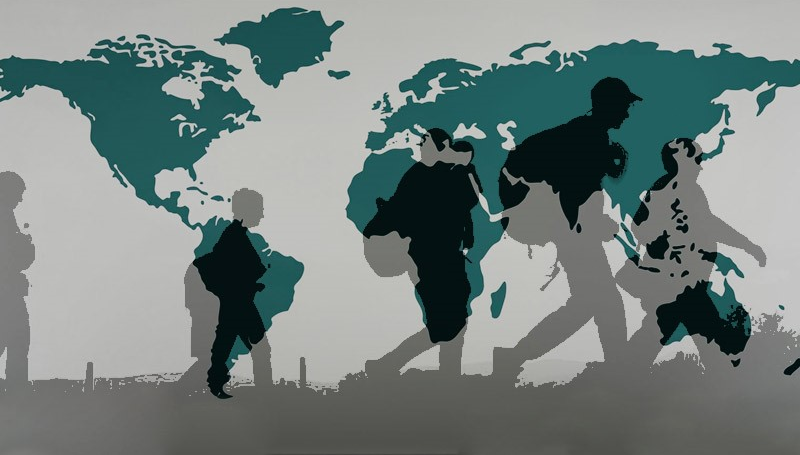
By Guillermo Alvarado
Every year tens of thousands of people around the world leave their homes and homelands and embark on hazardous journeys to places where they believe, or are led to believe, that they will find a better future, with jobs and opportunities for themselves and their families who are often left waiting for good news.
The reasons for embarking on this journey are numerous and some do so to save their lives, threatened by long-standing conflicts, others seek to escape increasingly catastrophic natural phenomena and many are driven by hunger, disease and hopelessness.
There is, however, a common pattern in these great human mobilizations and that is poverty at its most acute levels, accompanied by the absence of the State or its inability to meet the needs of its citizens, especially the most destitute.
Every year, too, the heartbreaking number of those who failed to reach their destination because they succumbed to the hardships of the journey grows, which are many in any part of the world, be it the scorching sands of the desert, the water of the seas and rivers or jungles where few dare to travel.
The International Organization for Migration (IOM) recently published that in 2023 more than 8,500 people died while trying to reach another country, a figure that represents an increase of 20 percent over the previous year.
The figure is impressive, but even more so when it is known that it is only an estimate because there is a large number of travelers who perish and there is no record or sign of where their remains may be.
Thus 2023 is the deadliest year since the IOM started its Missing Migrants Project, a public database created in 2014 with available information.
The overall numbers are terrible, but the organization pointed out that each of the victims signifies a human tragedy for their families, loved ones and communities, where the absence will reverberate for years to come.
Among the deadliest routes, the Mediterranean Sea ranks first, followed by the Sahara Desert and the Darien jungles that link Colombia with Panama and represent a trap bristling with dangers.
The southern border of the United States, the "country of opportunities" is another lethal place and it could get worse if Trump returns to government, since he has already made it clear that for him neither human dignity nor the rights of migrants, whom he despises with infinite rage, are worth anything.

